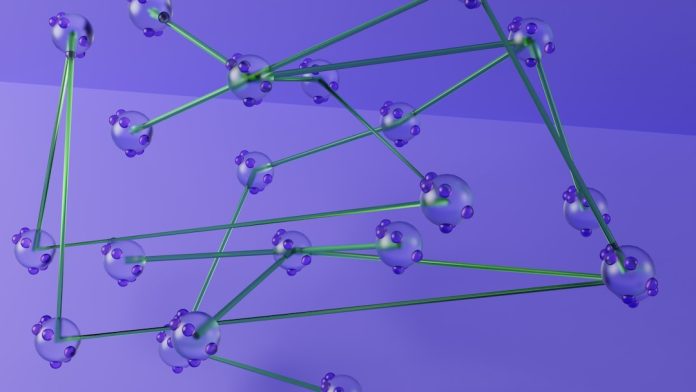Node diagrams are crucial tools used in various fields such as computer science, mathematics, sociology, and information technology. These diagrams are visual representations of interconnections among different elements in a system, allowing users to understand the relationship between these components. If you need the node diagram explained, you’ve come to the right place. In this article, we delve into an in-depth understanding of the node diagram, its importance, applications, best practices, and what distinguishes it from other types of diagrams.
Table of Contents
Understanding the Node Diagram Concept
Essentially, node diagrams, also known as network diagrams, consist of two significant components: nodes and edges. Each node represents an entity and the edges signify the relationship or interaction between these entities. For instance, in a computer network, a computer system would be the node, while the connection between different computer systems would form the edges.
In scientific research, particularly in fields such as social sciences and physics, node diagrams often represent complex systems, revealing intricate patterns and relationships that would be hard to decipher otherwise. They’ve been crucial in research involving studies on social networks, particle interactions, and communication networks, among others.
Despite their diverse applications, the underlying principle remains the same—they visualize the interconnections in a system. Given their graphical nature, these diagrams facilitate a better understanding of the system’s dynamics, simplifying complex concepts into easily comprehensible visual entities. Even those lacking a sophisticated technical background can grasp the basics by studying these diagrams.
Significance of Node Diagrams
Node diagrams hold significant importance across various disciplines. They offer a convenient way of representing complex systems, simplifying the processes, and interactions into easily understandable components. Node diagrams clarify the ambiguities regarding how different elements connect and interact within a system, providing a clear conceptual understanding.
Node diagrams also play a significant role in scenario modeling and planning. Decision-makers use these diagrams to foresee the implications of their choices on the overall system. The capability to visually track the influence of each node on others offers an advantageous perspective, especially in devising strategies or deriving solutions.
Furthermore, these diagrams are instrumental in identifying crucial nodes within a system, which aids in resource allocation and priority setting. By understanding the most connected node or the one with the most influence, organizations can optimize their operations by focusing on that particular node.
Applications of Node Diagrams
One critical application of node diagrams is in the field of network engineering, where they assist in designing and managing computer networks. Systems analysts use these diagrams to understand, plan, and execute the connections within a network. In cases of network troubleshooting, engineers can pinpoint the root cause of a problem by analyzing the node diagram of the network.
Node diagrams also find their application in project management, where they represent the project’s tasks as nodes and edges marking the dependencies between these tasks. This approach, known as the Critical Path Method, helps project managers define the project timeline and identify the critical tasks that could impact the project’s duration.
In social network analysis, node diagrams represent the relationships between individuals or groups. By studying these diagrams, researchers can identify patterns, impactful individuals, and the overall social structure. They also serve as invaluable tools in deciphering complex scientific phenomena, such as mapping protein-protein interactions in biological research.
Best Practices for Creating Node Diagrams
Creating effective node diagrams involves careful considerations to ensure clarity and informational value. First, focus on simplicity and clarity. Overly complex diagrams may lead to confusion instead of aiding understanding. It’s best to break down huge systems into smaller subsystems to focus on each in detail.
Avoid cluttering by keeping the number of nodes and connections at a manageable level. While this may be challenging in complex systems, techniques like hierarchical or layered drawing can be of help. Also, use labels judiciously and keep the design considerations, including color, size, and shape of nodes, consistent throughout the diagrams for ease of reading and understanding.
Lastly, always take the audience into consideration. A highly technical node diagram might be suitable for experts in the field but confusing for a layman. Tailor the complexity and design of your node diagrams according to their intended audience.
Overall, node diagrams serve as powerful visual tools to decipher complex systems, aid in decision-making, and simplify the understanding of intricate relationships. Whether you’re a scientist, network engineer, project manager, or researcher, gaining expertise in node diagrams will undoubtedly be of considerable value in your professional journey.

